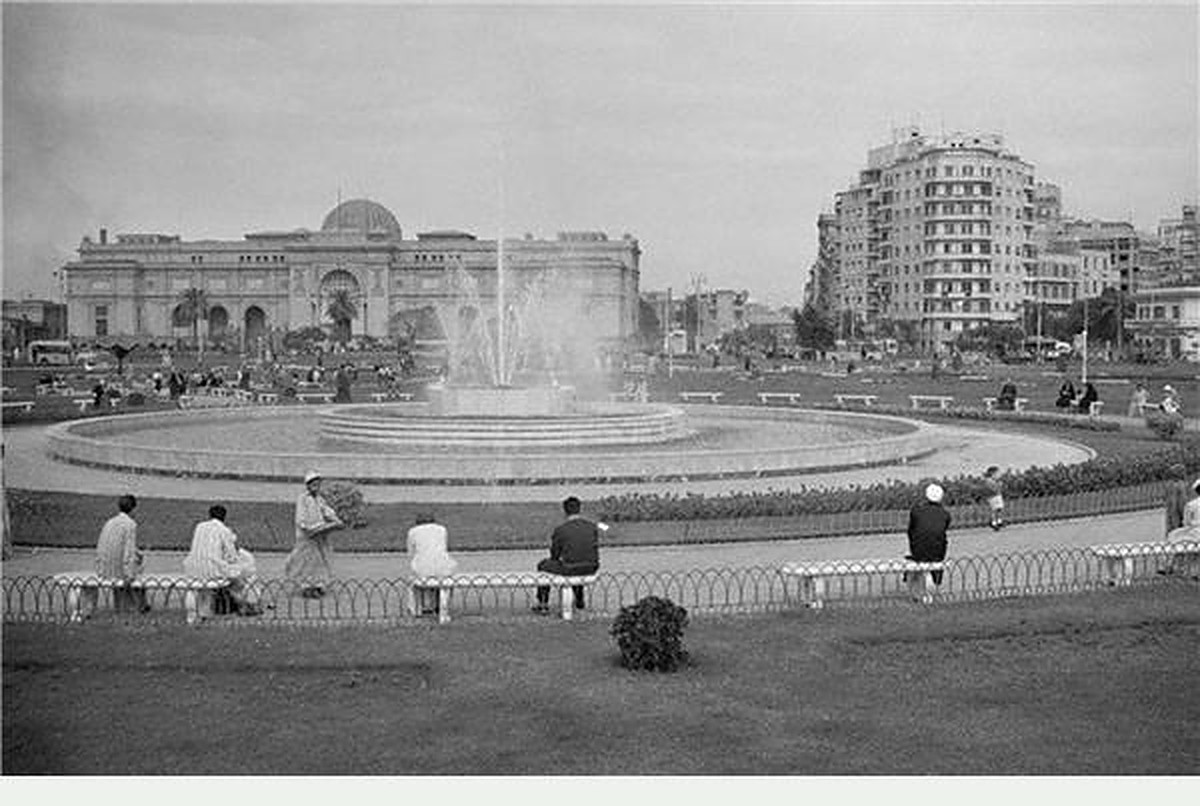Across time, Tahrir square has been at the heart of all the political transformations that Cairo has witnessed in its modern history – from colonialism, to nationalism and independence. Since the 25 January protests in particular, Tahrir, which means liberation in Arabic, became a symbol of freedom and rebellion of the Egyptian people, and also a controversial site that could spark a lot of unrest in the region. From west to east, the square is surrounded with one of the most historical buildings in modern Cairo. The Cairo tower, representing the nationalist period of former president Gamal Abdel Nasser in the 50s, the Arab League and the Egyptian Museum of the colonial/Ismail Pasha era and the headquarters for President Hosni Mubarak’s National Democratic Party (NDP) – all which cover the entirety of modern Egyptian history. However, the status of this public square has changed dramatically since it was first constructed during the colonial era. It was also not intended to become historical or used for political and gathering purposes, but was originally built as a high-class residential neighborhood inspired by European urban planning and Isma‘il Pasha’s hopes of modernizing the…
How Tahrir Square Evolved from a Symbol of Colonization to Liberation
October 4, 2019



